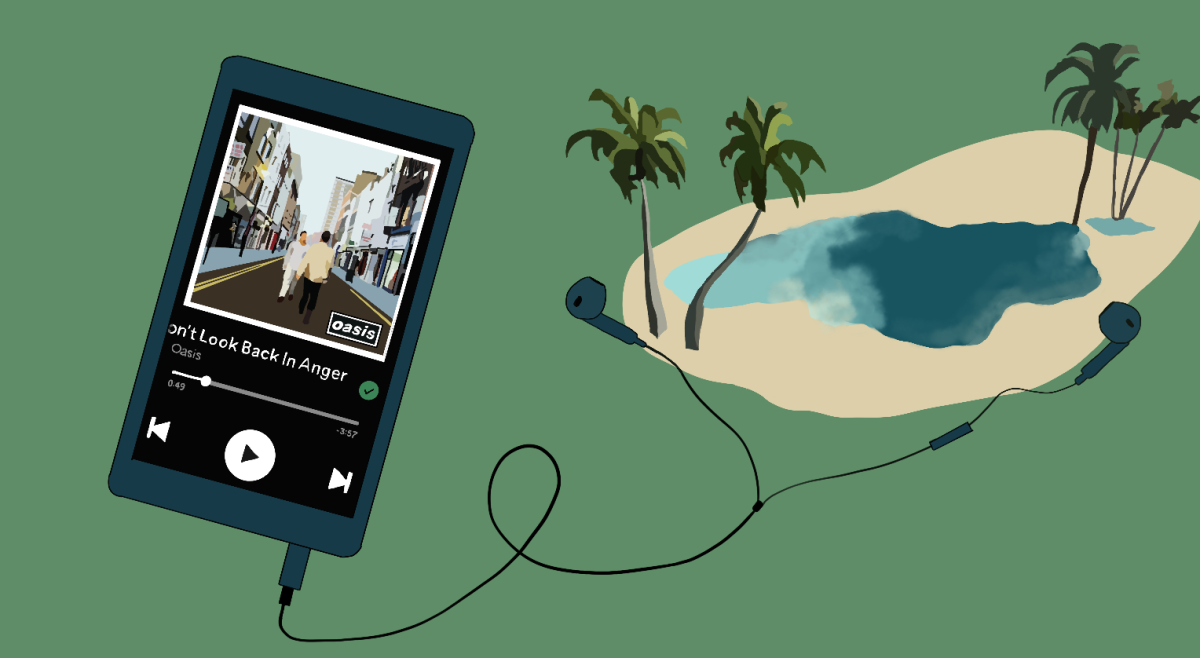As soon as Boston College students arrive at orientation, they hit the ground running with regard to the college social scene. While the amount of greetings and surface level small talk are heightened during orientation and throughout the first few weeks of freshman year, I have found that, while I am living at school, I am always “on.”
In contrast to our high school days, during which most of us could find relief in having our own space in our bedrooms, the overwhelming majority of college students face the unavoidable reality of sharing our sacred living space with someone else.
When we’re not interacting with our roommates, we’re walking through the quad, either alone while keenly looking out for who walks past us, or with friends and chatting. In class, we’re either listening to a professor lecture or discussing course material in groups. Our meals generally take place in large dining halls full of commotion from people we know and say hi to.
Needless to say, at school we are always socially “on.” The brief moments we have alone in our rooms are either disrupted by a roommate unexpectedly entering, or by the very real and prevalent “fomo” (fear of missing out) epidemic. When this lack of time for reflection, to take a deep breath, or simply to have silence is added to the stress brought on by the demands of courses, professors, and social outings, college life quickly grows overwhelming.
Characteristic of life at college is not only the rapidity with which change takes place, but the subtlety with which it can occur. Because we eat, sleep, and study in the same space, it becomes increasingly difficult to create a distinct boundary between school space and our own space. Attending college is accompanied by an unspoken acceptance of blending work space and private space together.
This enmeshing can be very formative by necessitating independence—we are tasked for the first time with creating boundaries on our own. Fusing both spaces additionally exposes us to a social scene that is largely characterized by newness, unfamiliarity, and is different than that of high school in nearly every sense.
By the same token, the fusing of our living and our studying means that we consolidate all of our experiences—be they social, academic, or extracurricular—into a singular, confined space. We lose the opportunity we had back home to literally, physically be done with school when the bell rang at 3 p.m. and we drove off campus.
By centering all of our necessary and formative experiences into one space, the space increases in its significance to us. It instantly becomes harder for us to leave it or to take a break from it. It’s for this reason that I have found this stress or anxiety to amount really quickly in college, effectively slamming me like a brick wall. Most of us can’t leave our school stress every day and head home to decompress.
For these reasons, it’s incredibly important for us to learn how to take time to ourselves and experience silence—both literally in our surrounding environment and mentally in regards to our thoughts. Making time for oneself is necessary because it’s one of few opportunities we have to put things into perspective.
As a junior straddling five classes, a number of demanding extracurricular commitments, and the monstrous internship application/interview process, it’s very easy to get caught up in small things that incite larger amounts of stress. Whether it’s remarks about someone’s GPA or seeing my peers walk through the quad in business formal attire, it’s difficult to prevent a slew of thoughts from running amok in my head. Moving from one thought point to the next without a recess quickly overwhelms my brain capacity, and I tend not to confront my stress until it reaches an inordinate level.
Ensuring that alone time becomes a part of our daily or weekly schedule is the most accessible and effective way we can mitigate the quantity and severity of the stress we are all confronted with as students at an elite, demanding university.
The American Psychological Association has reported that anxiety, depression, and relationship problems are subjects about which college students are the most concerned. Many institutions’ counseling services funnel a number of resources into substantially marketing the services they offer and informing students of the ways in which they can seek help.
Much of the anxiety students face, however, is a product of small bouts of anxiety that accumulate into a larger, more daunting, and seemingly insurmountable mass of negativity. If students were better equipped with tools to cope with anxiety on a smaller scale with immediate, shorter-term solutions, smaller instances may be less likely to evolve into breakdown-inducing occurrences.
While my experience in solution development for mental health issues is rudimentary, I am very much immersed in the stress that is inextricably tied to college life. Through my experience, I have learned that alone time can serve as an effective tool to handle immediate instances of stress or anxiety.
Whether said alone time manifests itself in leaving Bapst library and sitting by the Labyrinth, asking your roommate for an hour alone in the room, or attending mass at Saint Ignatius, opportunities for self-reflection are accessible. It’s merely a matter of recognizing the benefits of said moments of purposeful isolation.
Featured Image by Zoe Fanning / Heights Editor













